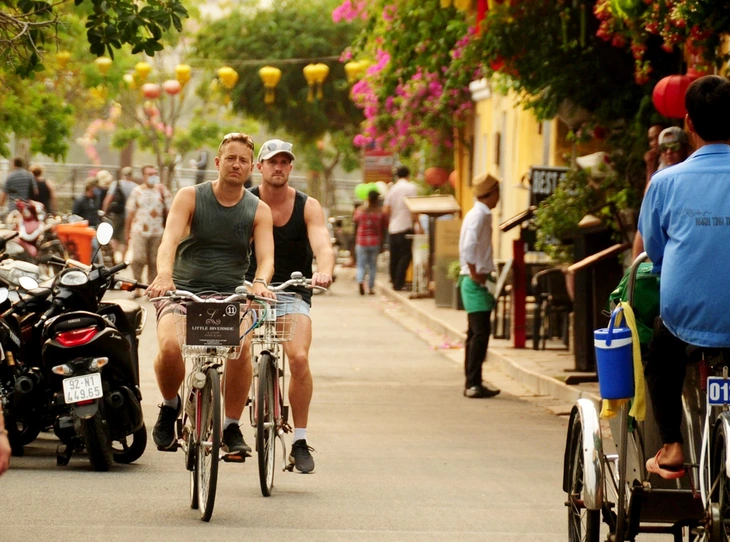
Foreign tourists cycling around Hoi An ancient town - Photo: BD
This movement is not just a change on the map, but will create major changes in the way tourism products, brands and destination markets are organized.
An easy-to-imagine example is Da Nang and Quang Nam , two localities with strongly developed tourism industries and clear characteristics. If merged, this area could form a regional "city destination", comparable to Phuket (Thailand) or Bali (Indonesia).
However, mergers do not create attraction by themselves, without proper preparation, the risks will exceed the opportunities. Because tourists do not change their behavior just because of a new name on the map, they still remember and seek out places that have been marketed for a long time. Meanwhile, competing countries in the region are still constantly improving without waiting for Vietnam to reorganize its apparatus.
For Ho Chi Minh City, which receives nearly 45% of the country's international visitors, expanding its development space if it merges with neighboring provinces such as Binh Duong, Ba Ria - Vung Tau ... also requires a completely different mindset. It is impossible to just add up existing destinations, events and visitor sources to create a "super destination".
Need to clearly assign roles: Ho Chi Minh City is the conference - entertainment - culinary center; Vung Tau develops eco-tourism or Binh Duong develops high-tech agricultural tourism.
Mergers create a picture of great opportunities with many new development drivers. However, hidden beneath that will be many technical risks if there is no careful, cautious and systematic preparation.
Right now, we can clearly see the risks in symbolic conflicts between old localities, tourist market structure, destination brand averaging or core values of the destination...
The challenges will be even greater, and the risks will be even more evident, for new destinations that are created by places with previously developed tourism industries.
Tourism management agencies need to prioritize consolidation and address immediate challenges to build a solid foundation to minimize unnecessary impacts on the market, brand or operation of local tourism.
It would be a mistake if localities only focused on developing plans for new destinations after the merger by mechanically adding together the available resources of two or three old provinces to create new potential, new markets, and new brands.
The whole country needs a mechanism to coordinate inter-regional destinations and more centralized tourism management capacity. Therefore, in the remaining 6 months of 2025, the top priority is for management agencies to strengthen their apparatus and unify strategies for developing new destinations.
Unlike the challenges before the COVID-19 pandemic, this time Vietnamese tourism will have to transform its brand, products and market while ensuring everything is running smoothly so as not to affect the tourist experience or growth goals and competitiveness, in the context of the world out there still running smoothly.
Mergers are an opportunity for us to have regional destinations. But if we just stop at mechanically adding what is available, the Vietnamese tourism industry will miss an opportunity to restructure products more deeply and effectively.
Source: https://tuoitre.vn/sap-nhap-khong-tao-ra-ngay-cac-sieu-diem-den-20250704090546966.htm




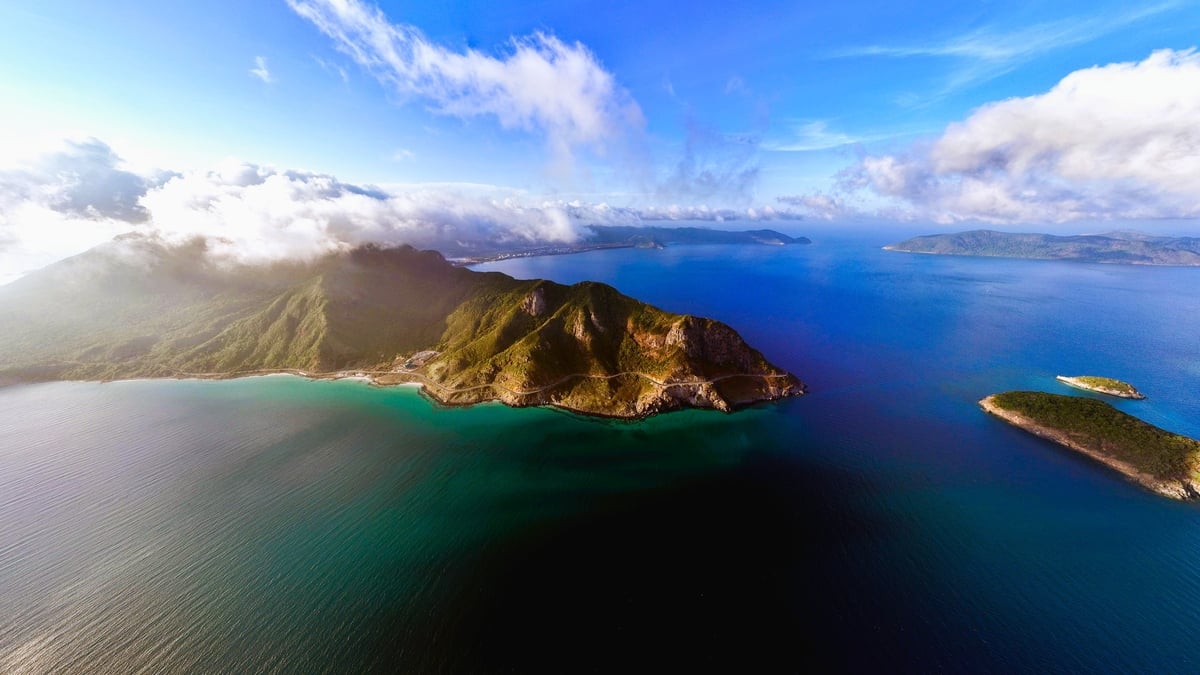







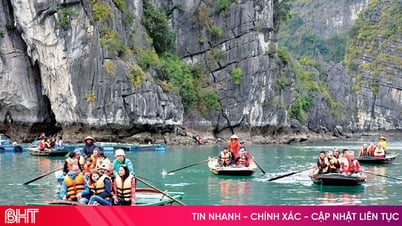






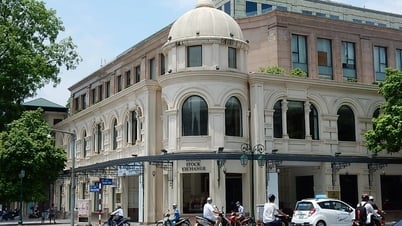
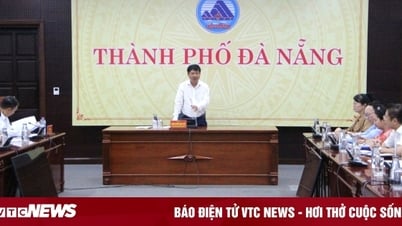





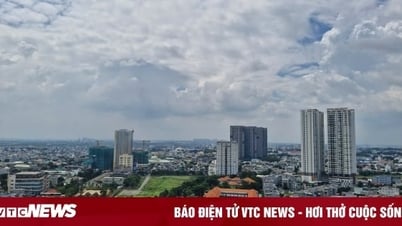










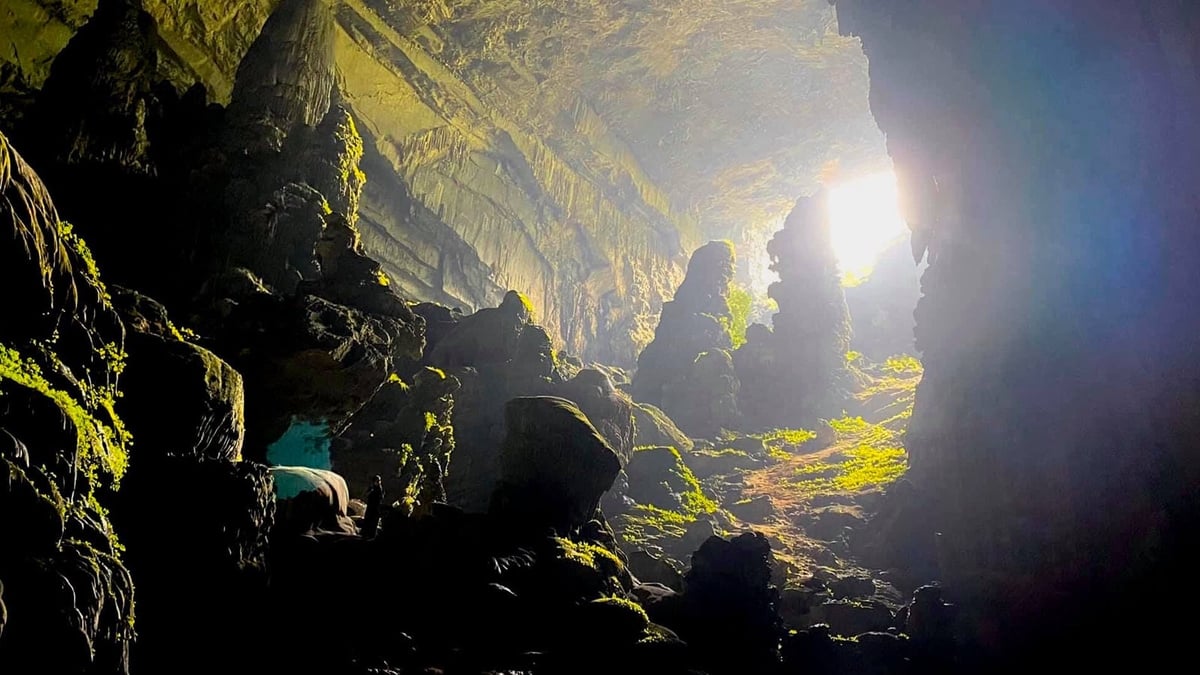


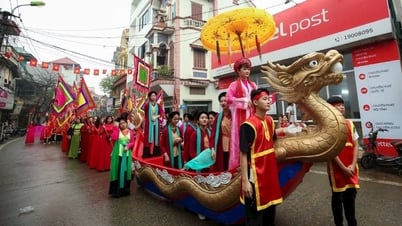

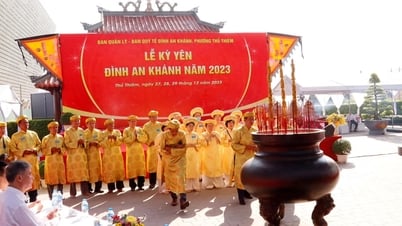

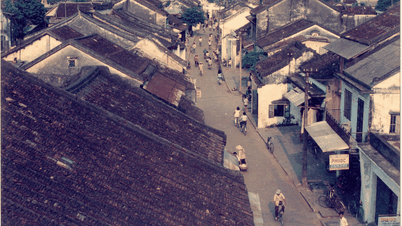








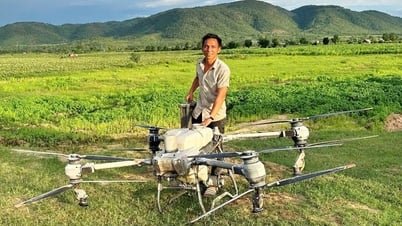






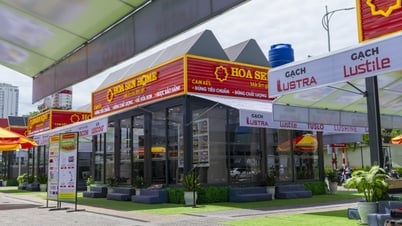









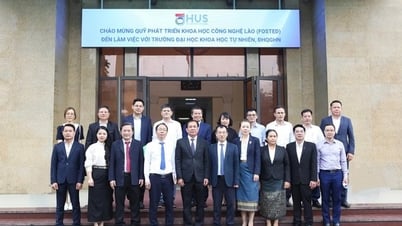






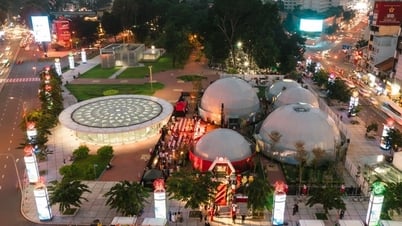









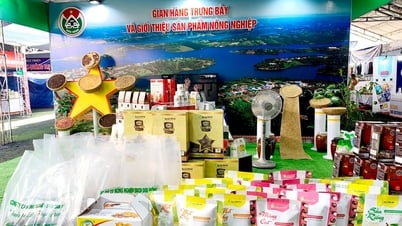


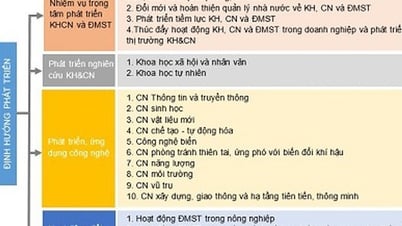

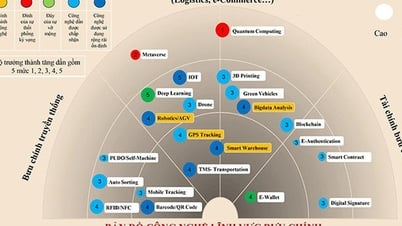



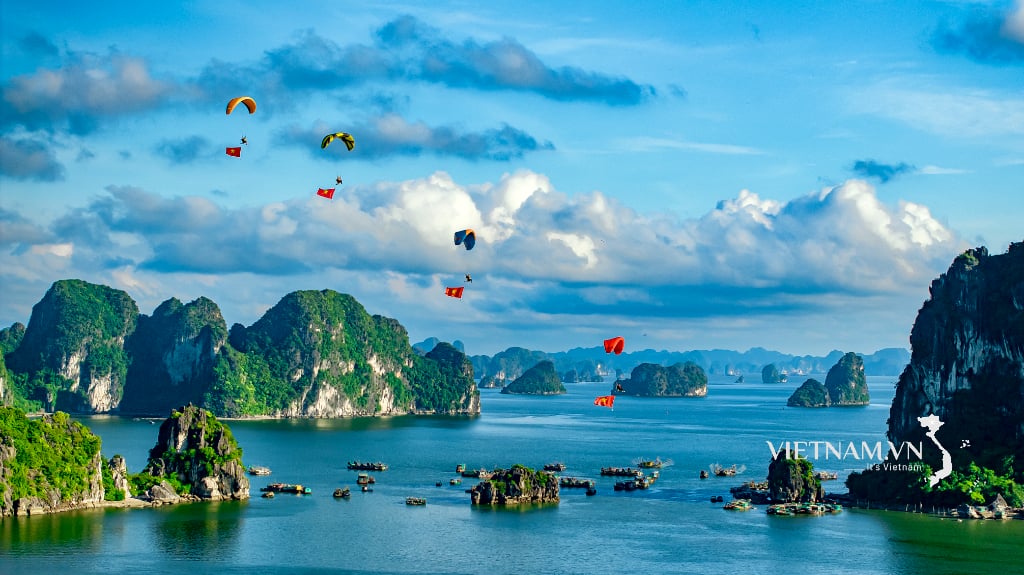

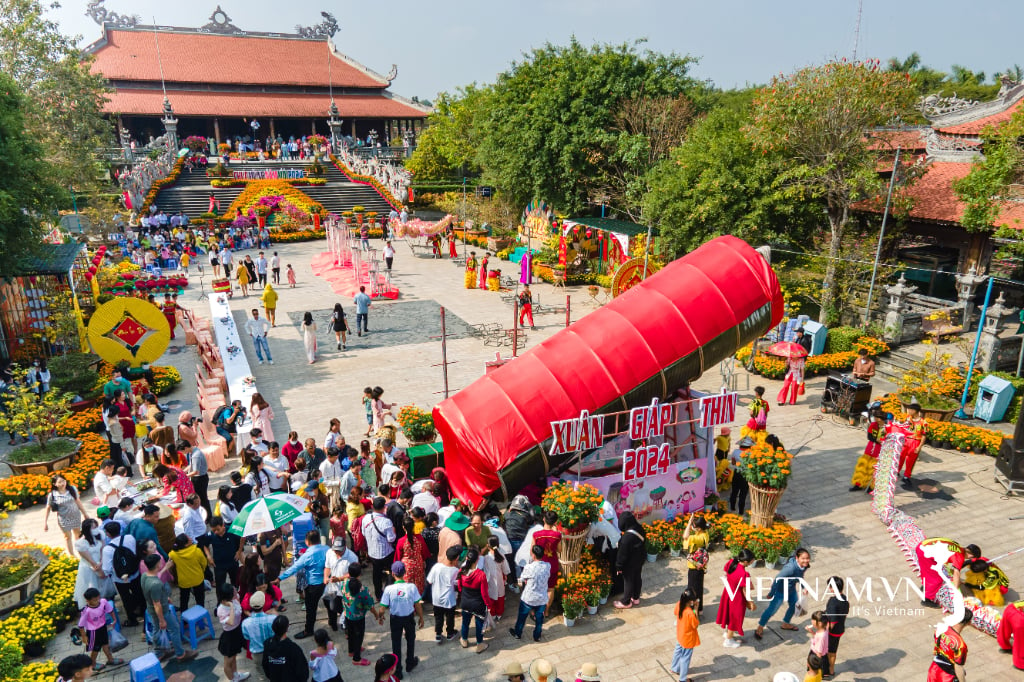

Comment (0)